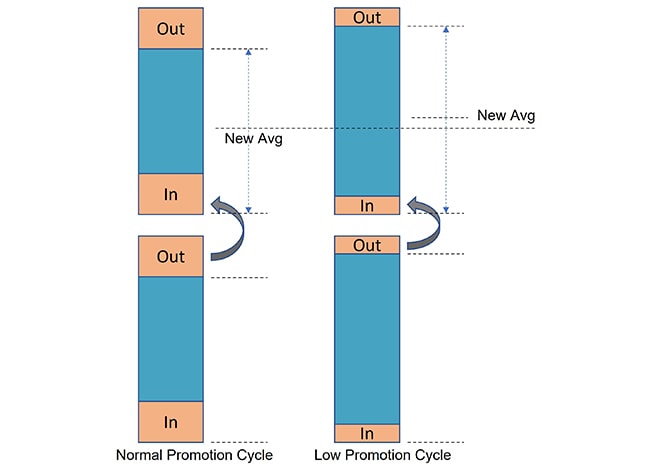Our Offerings
M&A | DESIGN | SCALING
Our Offerings
Mergers & Acquisition
Pre-Deal HR Due Diligence
- HR diagnostics & audit
- Culture assessment
- Leadership assessments
Post Deal Integration
- Acculturation
- C&B and policy harmonization
- Skills amalgamation
- Organization change management (OCM)
Design
Organization Design
- Strategy alignment
- Operating model design
- Organization clarity & structure
- Benchmarking & deployment
Institutionalizing HR
- Performance management
- Compensation design & governance
- HR Tech & analytics plan
- Skill factory build-out
Scaling
GCC Build-Outs
- HR-as-a-Service
- Finance & Legal -as-a-Service
- Branding -as-a-Service
- Real Estate -as-a-Service
Talent Ramp-Ups
- Leadership Hiring
- Skill specific dedicated ramp-up
- RPO

















Articles

Rate of change of organizations in S&P 500 and what that means for us?
The 1st word that may came to your mind when you looked at this infographic was ‘churn’. Or ‘compression of time’. The average tenure of companies in S&P 500 (the list of 500 largest publicly traded cos in the US) is coming down. At a rapid rate! From 33 years in 1965 to 15 by 2028. The trend is even more acute in India.

Scaling up & Scaling down at the same time is a Conundrum for the modern CHRO!
Churn is everywhere. Readers of Article1 will notice that we’ve been using the word “churn” quite a bit. We’ve been thinking lately about how “churn” will “change” modern organizations. Refer to the infographic from our last post, one showing the striking reduction of avg tenure of largest companies in the world, the S&P 500? That’s really what we are getting at when we say “churn” is everywhere.

The pendulum swing in organization design and damage it causes. PART I
And when the results are not as per plan or shareholder expectations, there’s a need for the CEO to make changes. Urgently so! Because if s/he doesn’t, something else will change.
But just like a Central Bank Monetary policy, the conventional design options are limited. In the case of central banks, it is increasing; decreasing or keeping the repo-rate constant (depends on what the goal is: fighting inflation OR driving growth).

The pendulum swing in organization design and damage it causes. PART II.
Previous post was about the Swing. This one is about the design itself.
Like bell-curves, ALL organization re-designs will have folks who think it is WRONG, across levels and they will be right. Because it prioritizes and optimizes for some over others. (On an aside, many in HR jumped to write obituaries of the bell curve. Nothing much changed!).

Sustained High Attrition. Lower total promotions due to soft growth. Dangerous combination/ decision!
Over last many years, we have been asking the following questions on C&B matters:
Q: In a performance and salary increase cycle, say you have budgeted for a specific promotion-linked increase. Yet, due to soft growth projections you decide to lower total promotions. Consequently, what happens to the new role averages (post cycle) – does it also go down or go up?

Role of HR in an environment where business cycles change super quickly!
The following news was published a couple of weeks ago:
“As leaders, we made judgement errors in over-hiring ahead of the curve. At the same time, we could have run our organization structure in a more effective and lean manner overall,” CEO said in his email.




